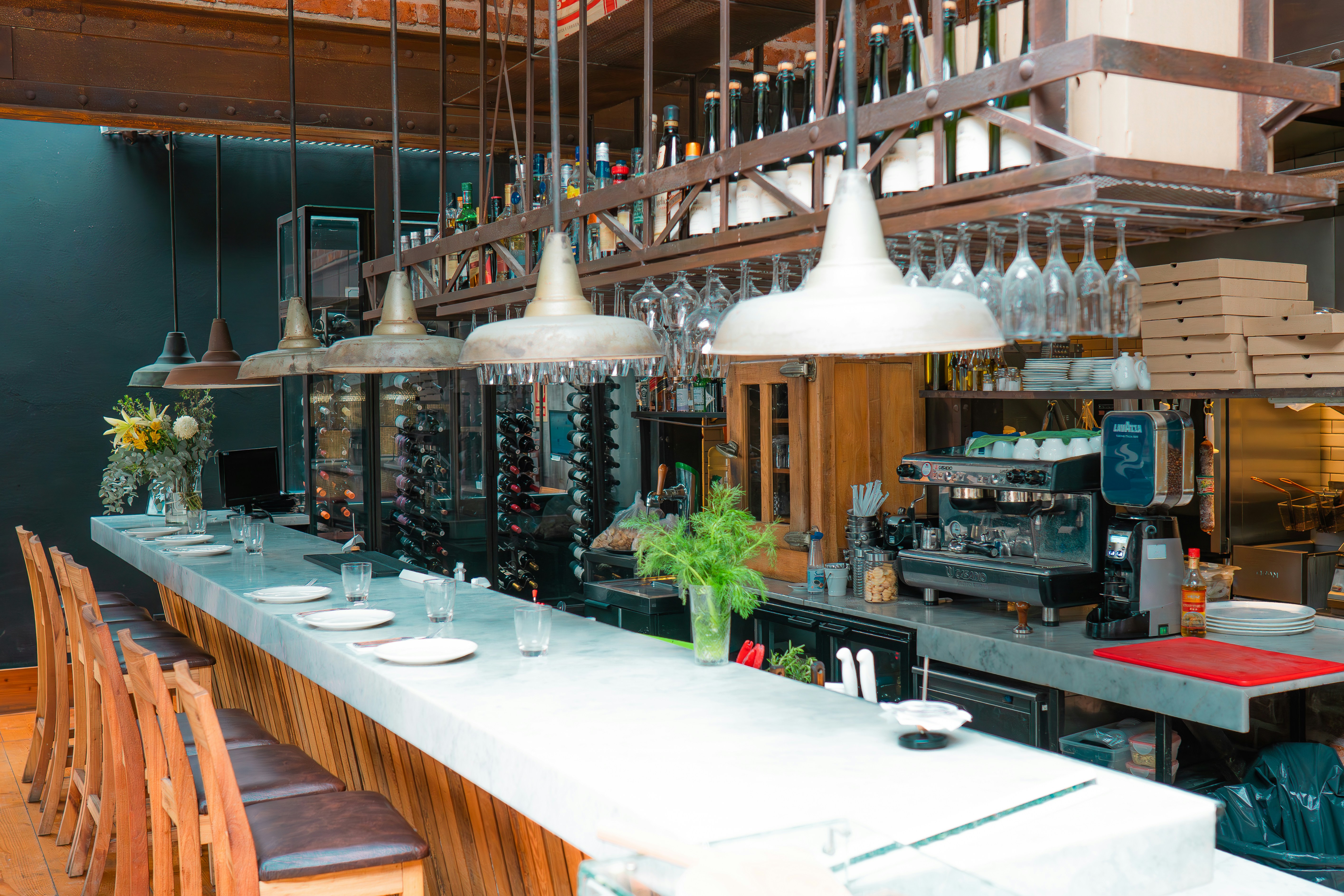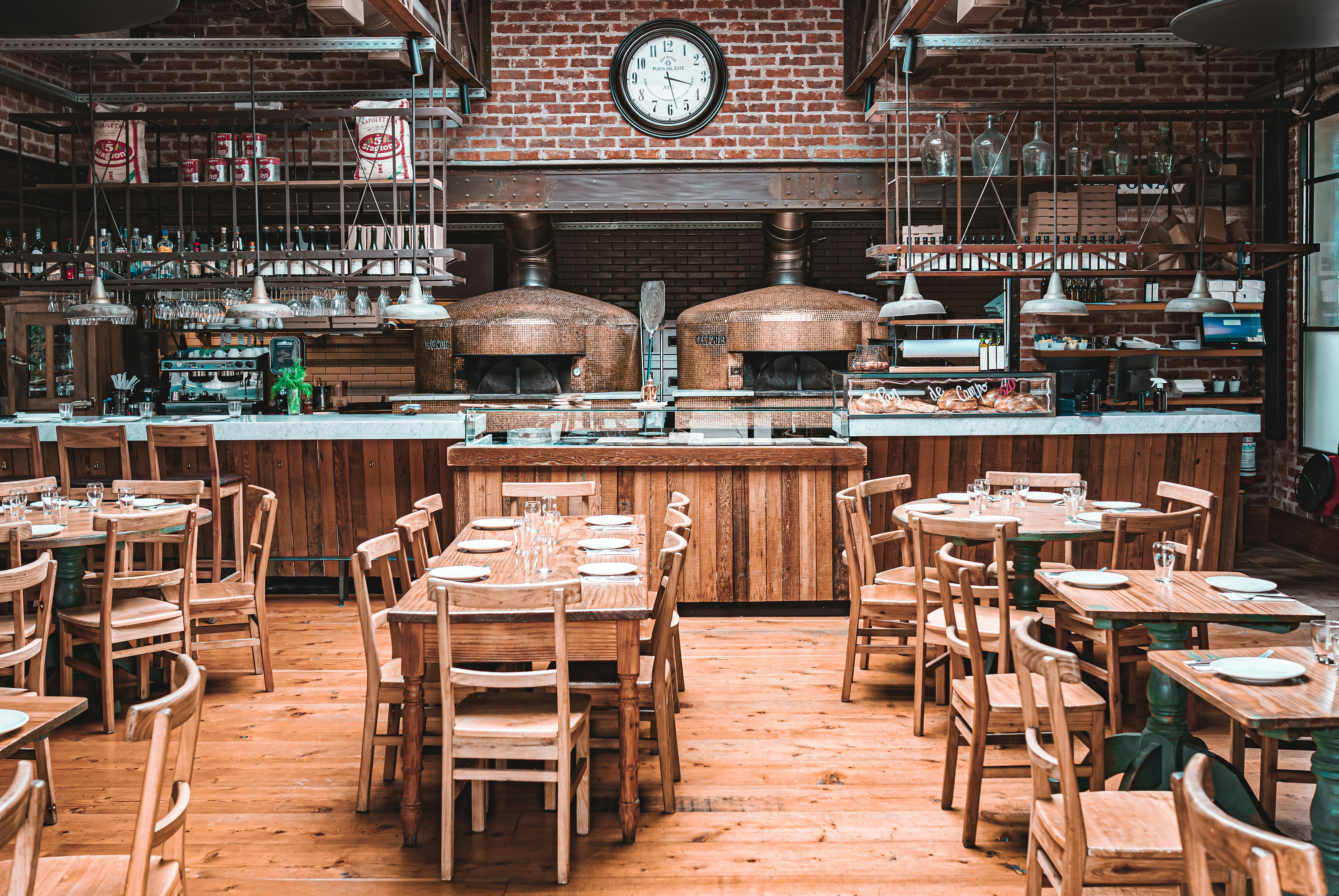Navigating Tariffs: The Impact on Restaurants and Consumer Dynamics
Explore how the U.S. 10% baseline tariff and potential country-specific duties affect the restaurant industry, consumer behavior, and economic stability.

Photo by Sergio Arteaga on Unsplash

Photo by Sergio Arteaga on Unsplash
Baseline Tariffs and Uncertainty
The 10% baseline tariffs in the U.S., though less severe than country-specific duties, continue to create a significant drag on the growth of businesses, causing uncertainty among investors and consumers. The pause on reciprocal tariffs for 90 days, announced in April, offered a temporary reprieve but left a looming sense of unpredictability over the industry. Adam Hersh, a senior economist, emphasizes how this uncertainty can impact consumer behavior and investment decisions, potentially stunting long-term growth prospects.
Financial Strain and Operational Challenges
Sean Kennedy from the National Restaurant Association highlights how the persisting tariffs, coupled with limited margins in the industry, can lead to financial strain and operational challenges for restaurants. The potential increase in ingredient costs and the necessity to adjust menu prices can directly affect the bottom line for businesses. Limited cash reserves and perishable products restrict the ability of restaurants to absorb these additional costs, potentially forcing them to make difficult decisions regarding staff, hours, and investments.
Strategies for Survival
Independent operators, such as those represented by Erika Polmar, face unique challenges due to their smaller scale and financial constraints. To navigate the market volatility induced by tariffs, these businesses may need to rethink vendor contracts, explore group purchasing cooperatives, and adapt menu strategies to mitigate cost pressures and enhance value propositions. Transparency with customers regarding pricing adjustments and sustainable sourcing can help maintain financial stability and customer loyalty in the face of economic uncertainties.
Forecasting Consumer Behavior
Experts like R.J. Hottovy and David Portalatin provide insights into the potential repercussions of tariff-induced price hikes on consumer behavior within the restaurant industry. The complexity of the supply chain and consumer sentiment are critical factors that could influence how price changes impact individual menu items and overall spending patterns. While concerns exist about consumer sensitivity to price adjustments, current observations suggest a mixed outlook, with some segments of the industry experiencing growth despite tariff implications.
Macro-Economic Ramifications
Adam Hersh's analysis delves into the broader macro-economic ramifications of tariffs on the restaurant sector and the economy at large. From potential supply and demand shocks to the challenges in stimulating economic growth through monetary policies, the tariffs' implications extend beyond immediate cost impacts in the restaurant industry. The geopolitical dynamics of global production and the interplay of tariffs with domestic taxation underscore the complexity of navigating trade policies to achieve economic stability.